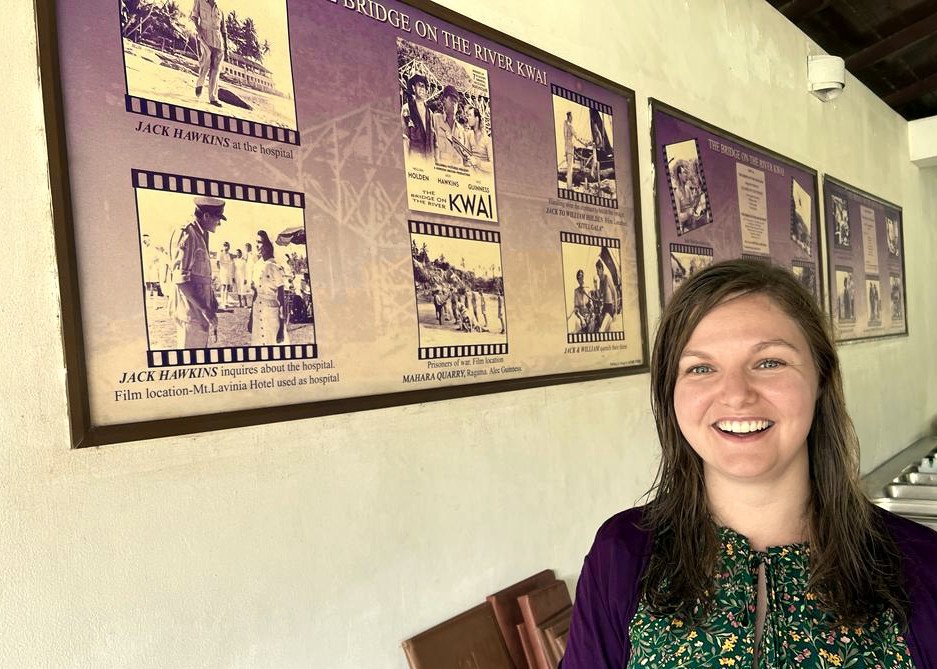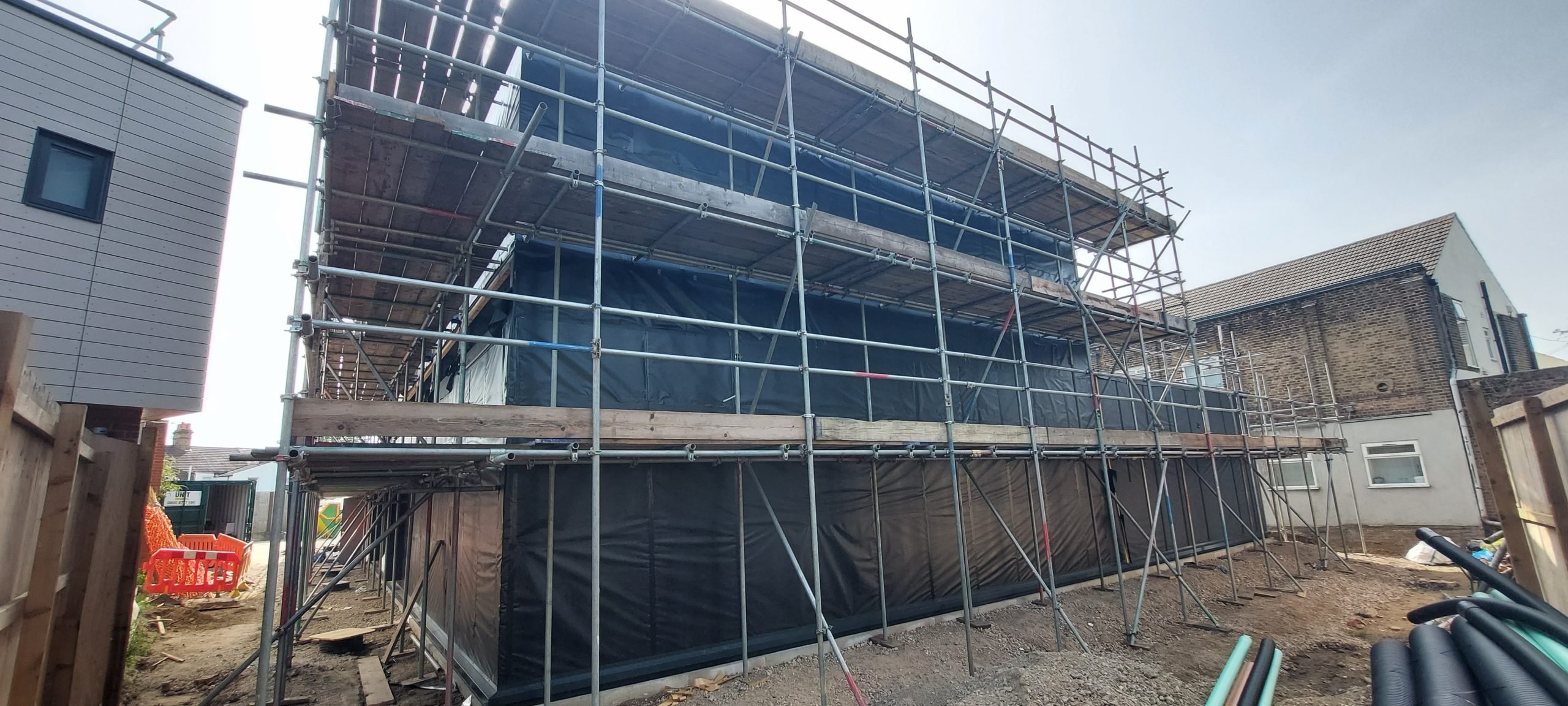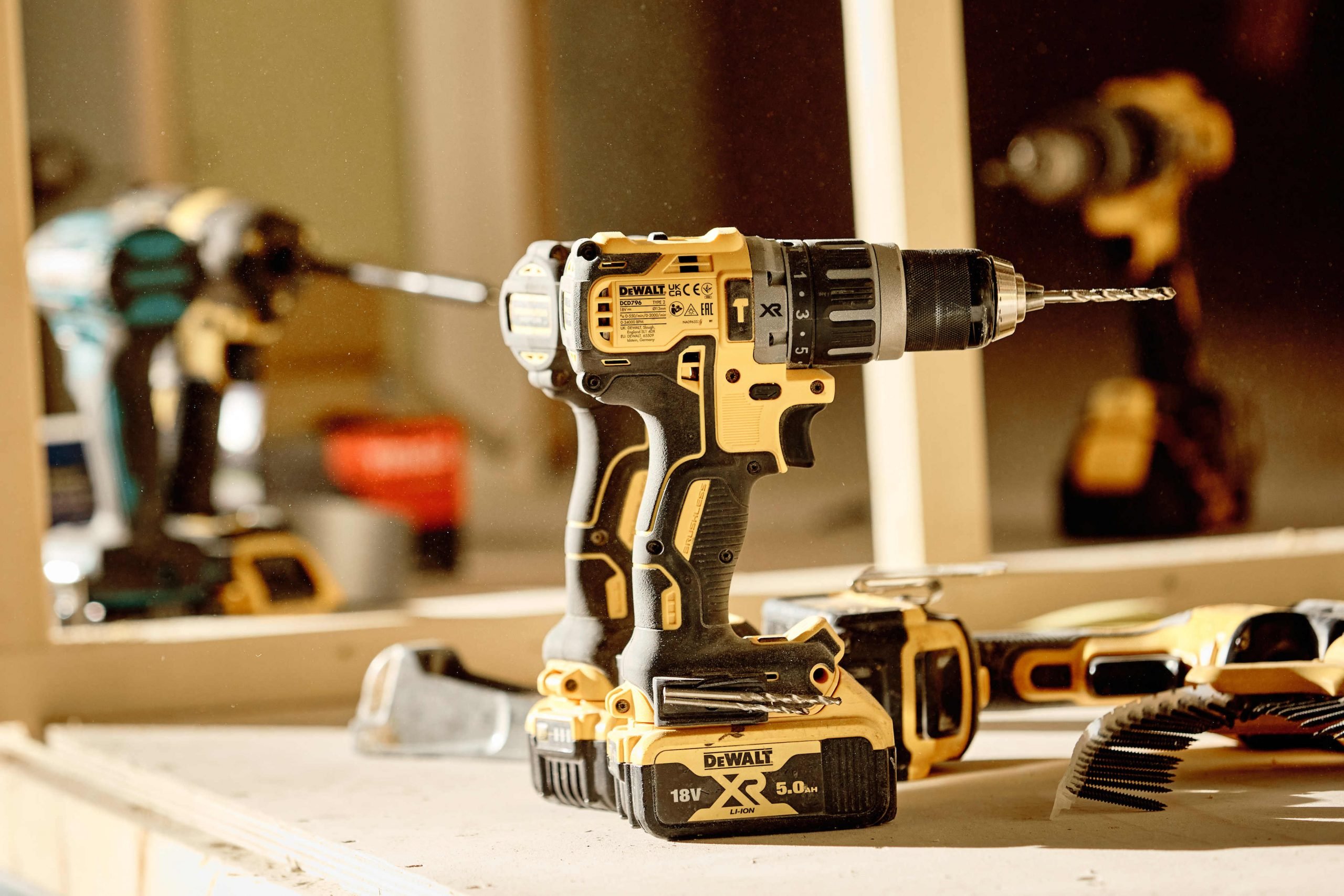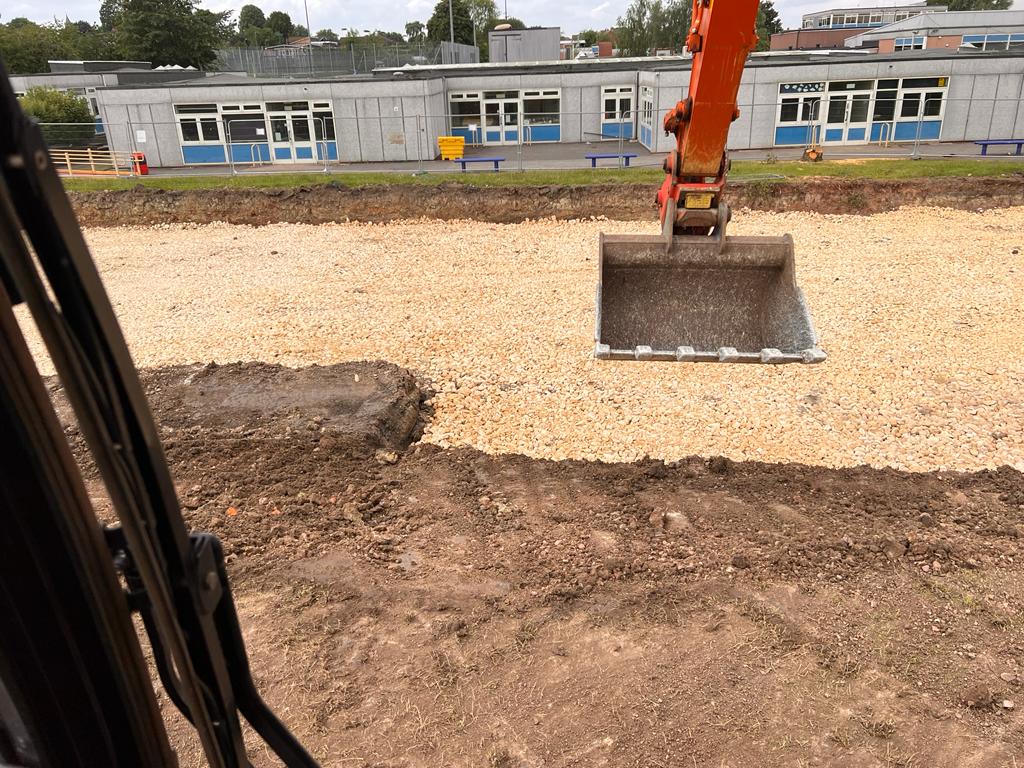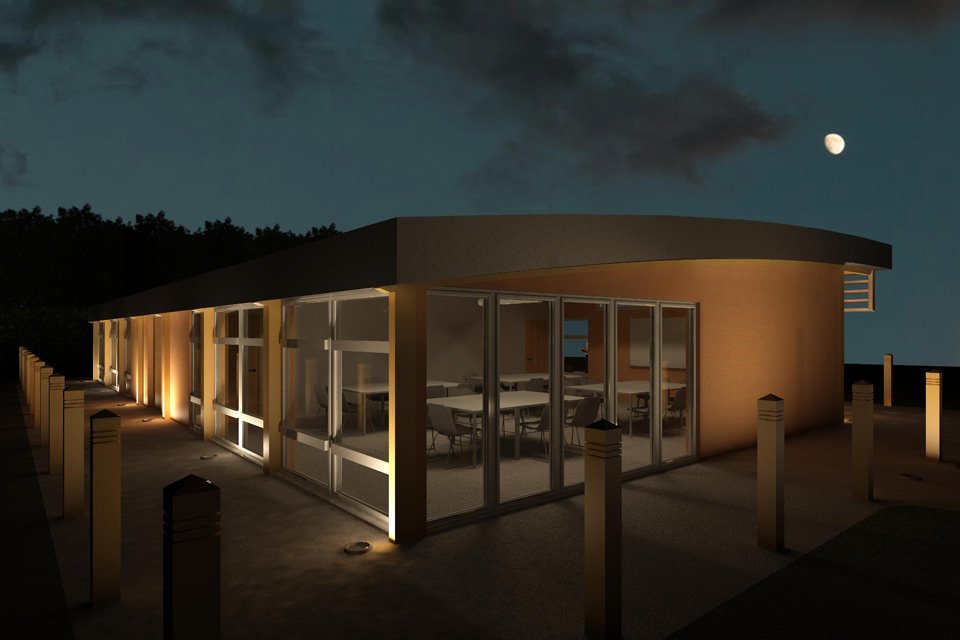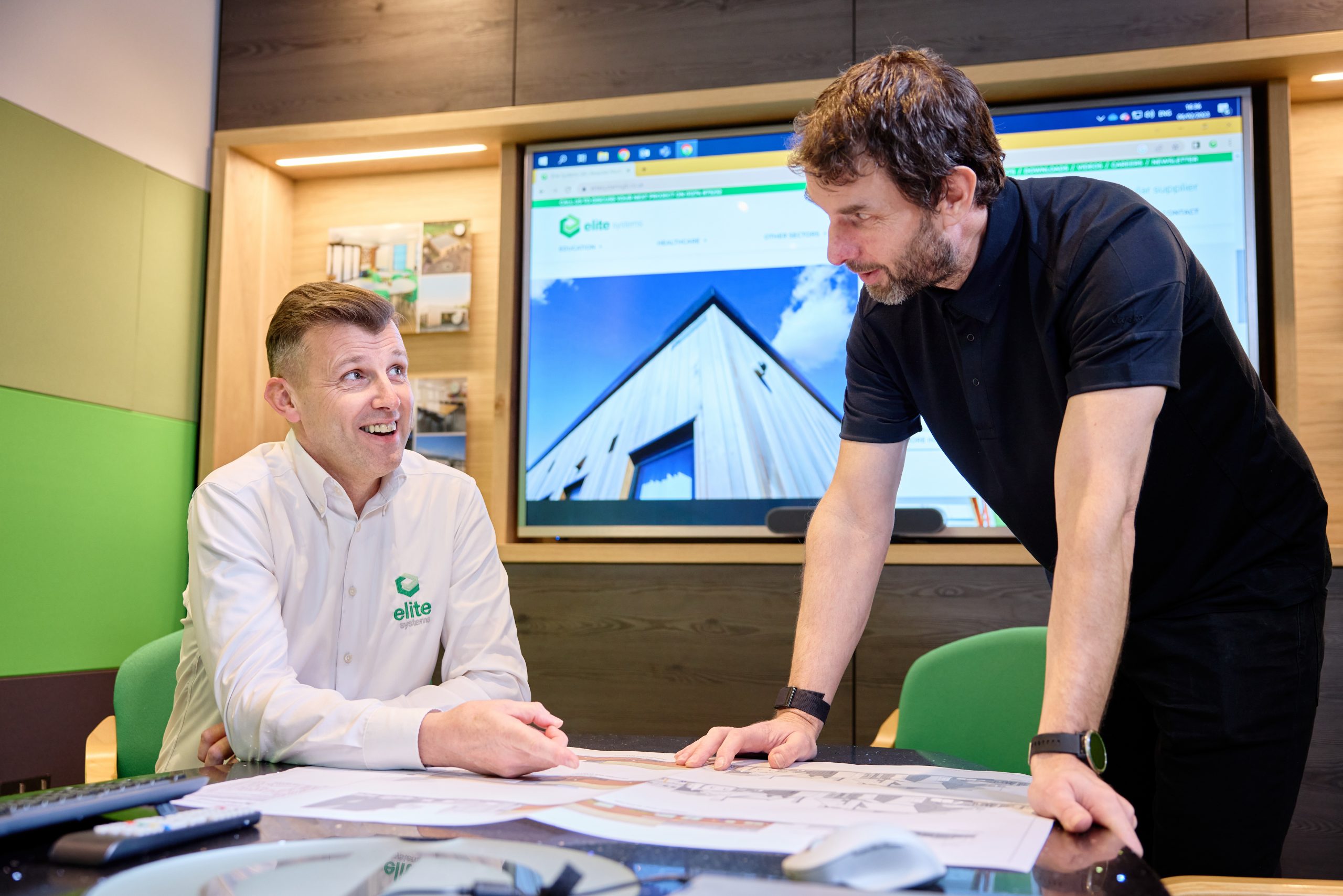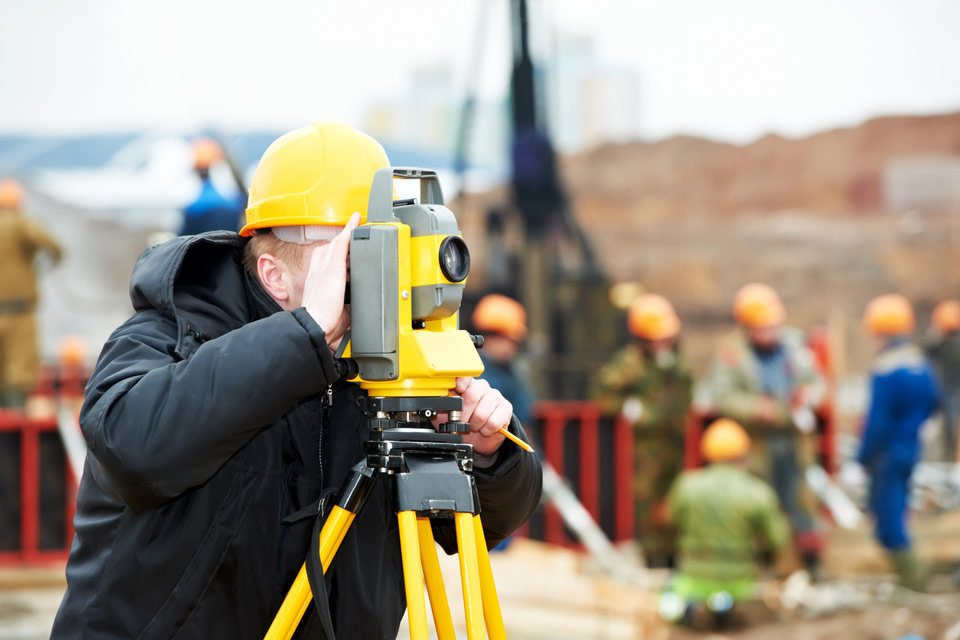
The term off-site construction quite rightly conjures images of buildings being put together on the factory floor, with just a short process to install at the site. This is one of the major advantages of off-site construction, improving on site health and safety and reducing disruption.
In fact, the work that takes place on-site is equally important. Much like traditional build, modular construction requires appropriate foundations to ensure that the structure stands the test of time.
Careful preparation is required on-site to ensure that the modular building can be installed within the desired timeframe, so it’s important to research the nature of the ground on-site and design the foundations to best suit the building being commissioned. Commissioning a ground investigation before putting the project out to tender will help to avoid delays later in the process.
The Method for Modular
With traditional construction, perimeter walls and interiors load-bearing walls need deep foundations to support the load of the structure, requiring deep excavation. Modular buildings require a different approach to groundworks as the foundation load is distributed across the whole of the site.
As manufacturers and installers of bespoke modular buildings, we understand that one size does not fit all, and this is true of foundations too. Different sites have different requirements, and it’s important to establish the appropriate method early in the process to avoid delays in installation.
A ground survey will flag up any issues with the site, such as a significant layer of clay or soil on the surface that will require more excavation. Once this is established, we would instruct a structural engineer to advise on the best response, allowing us to engineer the correct solution from the beginning.
What Are the Foundation Options?
For simple sites with no complications, all that is required for a modular building is a shallow excavation topped with a layer of concrete, with flags or blocks on top. This should take no more than two weeks to achieve, and is the ideal scenario for projects where a quick installation is necessary. In some cases, a single concrete pad isn’t appropriate, and in that case we would use five or six long trenches with pads on top.
Where there is a layer of soil, clay or other unsuitable material on the surface, we advise excavating to around 18 inches deep, then laying a concrete raft and positioning pads on top – all of which will be completed within around three weeks. This approach minimises excavation and spreads the finished building’s load across the full footplate of the site.
However, even sites which require more complex groundworks can be made suitable for modular buildings. We have completed projects where there was a five metre deep layer of soil, a problem which we circumvented by installing piled foundations: steel tubes driven into the ground and topped with steel plates, providing a firm foundation.
Our Turnkey Solution Can Unlock Your Project
While groundworks for modular construction are simpler than in traditional buildings, issues may still arise if the land is lower quality than expected, or if the architect appointed to the project is unfamiliar with off-site construction methods.
At Elite, we often work with clients who undertake their own groundworks, and will advise if there is a better or cheaper option for laying foundations as part of our service.
Off-site construction companies are always willing to work with architects and main contractors to find the right solution for the client, but there are advantages to appointing a company which offers a turnkey solution.
Appointing a company which offers architectural services, groundworks, construction and installation can save specifiers valuable time and money. When managing the process from design to décor we can collate prices – including groundworks – and present the final cost to the client, allowing them to control costs. What’s more, we will liaise with all parties on our clients behalf, so that the client doesn’t have to spend time on-site managing the project day to day.

